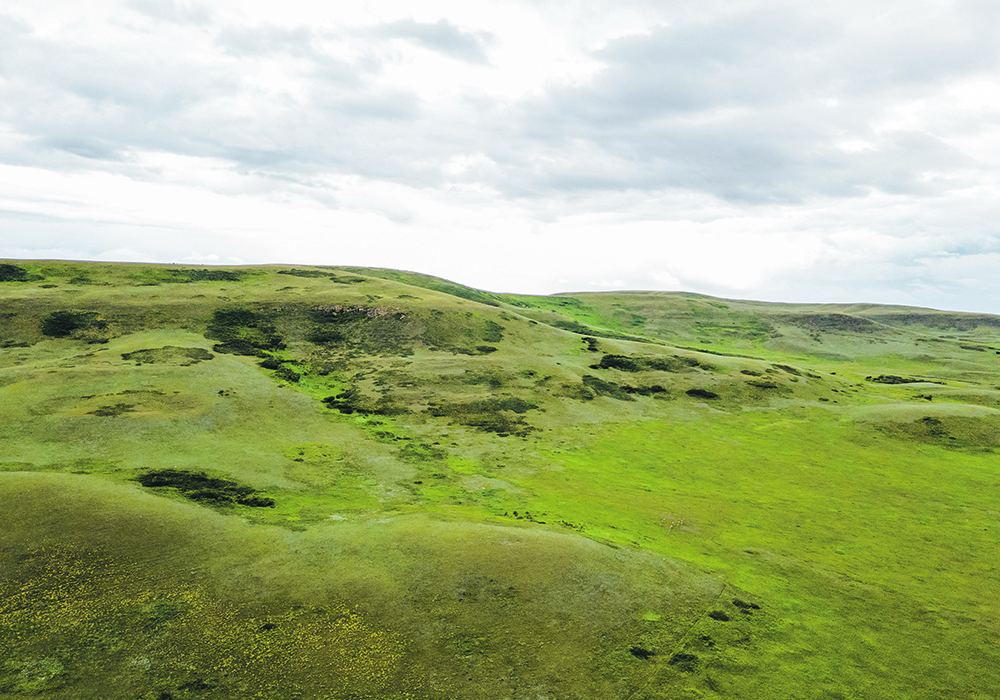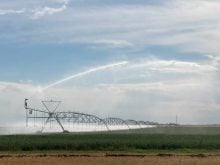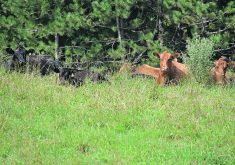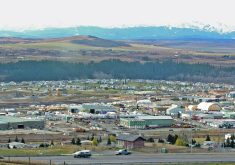New Nature Conservancy of Canada deals will preserve more than 6,178 acres of grassland in the Porcupine Hills
Three cattle ranches in operation for generations have joined a network of conserved lands in Alberta that protects grasslands essential to everything from watersheds to wildlife.
“I think ranchers are what make these projects possible,” said Sean Feagan, media and communications co-ordinator for the Nature Conservancy of Canada, Alberta Region. “They’ve stewarded the land. They’ve kept the natural values intact.”
Related stories on this issue:
- Coal mining fears resurface on Eastern Slopes
- Grasslands seen as answer
- Conservancy expands southern Alberta range
- Conservation deal to protect historic Alta. ranch
More than 6,178 acres of grassland in the Porcupine Hills will be preserved by the NCC after conservation agreements were reached with the landowners of three ranches. Two properties are in the Claresholm area, while the third is west of Fort Macleod, said Feagan.
The landowners have requested anonymity, he said.
“I can’t really speak directly for them … I think speaking generally, a lot of people have a very deep connection to their land, and they don’t want to see it converted or subdivided — turned into a bunch of acreages and that sort of thing.”
Only about a quarter of Alberta’s original grasslands remain, which is the largest amount among the three prairie provinces, he said.
The national total is about 18 percent, “and so, I think that speaks to just how much we’ve lost. And a lot of that loss happened through early settlement and European colonization, but it’s really continued, and it continues to this day.”

Negotiations with the three ranches predated the NCC’s Prairie Grasslands Action Plan, which was announced in June, said Feagan. The organization seeks to conserve more than 1.2 million acres of grassland in the region by 2030.
Grasslands in the Porcupine Hills play a vital role ranging from protecting soil and filtering water to sequestering carbon and providing wildlife habitats, said an NCC statement. The 6,178 acres contributed by the three ranches will add to more than 91,429 acres being conserved in the area, which is in southwestern Alberta along the eastern slopes of the Rocky Mountains, it said.
“Representing a transitional zone between the Great Plains and the Rocky Mountains, the Porcupine Hills features a unique combination of rolling grasslands, meandering creeks, and forests supporting many different plants and animals.”
The Alberta government decided in 2020 to rescind a coal policy dating back to 1976, opening much of the eastern slopes to potential open-pit coal mining. A ministerial order in 2022 by then-Energy Minister Sonya Savage restricted new coal exploration and development in the region following extensive public input gathered by an independent committee.
Ranchers in the Porcupine Hills have been among the fiercest opponents of open-pit coal mining because of fears it will destroy their livelihoods by harming grasslands they rely on to graze their cattle. They were also concerned it will contaminate watersheds in the Eastern Slopes that are the sources of the Saskatchewan River system, which provides water for everything from irrigation to communities across much of the Prairies.
These fears were recently revived by Northback Holdings Corp., which is seeking approval from the Alberta Energy Regulator to start coal exploration at Grassy Mountain in the Crowsnest Pass.
Feagan said despite the essential role played by ranchers in the preservation of grasslands, they have received a bad rap from some critics because of greenhouse gases from cattle.
However, much of the 19 percent increase in carbon dioxide emissions by Canadian agriculture from 1990 to 2019 was because of grassland being converted into farmland to grow crops, said Agriculture Canada scientist Tim McAllister during a recent presentation at the University of Manitoba.

The conservation agreements with the three ranches in the Porcupine Hills “will ensure each property will continue to operate as a working landscape for cattle grazing while maintaining natural values for generations,” said the NCC statement. “In each case, the landowner donated a portion of the conservation agreement value to NCC.”
The projects were also supported by private donors, which included the Weston Family Prairie Grassland Initiative of the Weston Family Foundation. Other contributors included the federal Natural Heritage Conservation Program under Canada’s Nature Fund, along with the Nature Smart Climate Solutions Fund, the Ecological Gifts Program and the Alberta Land Trust Grant Program.
The NCC is currently working on a project with Ducks Unlimited Canada to conserve the 54,363-acre McIntyre Ranch, which was announced in June, said Feagan. The 130-year-old operation along the Milk River Ridge near Magrath, Alta., is the largest private tract of intact prairie grassland in Canada, he said.
Slightly less than $2 million remains of the total funding needed to complete the project, he said.
“We’re still working to raise funds for that incredible project, and yeah, I think we’re just looking to continue that momentum.”
















